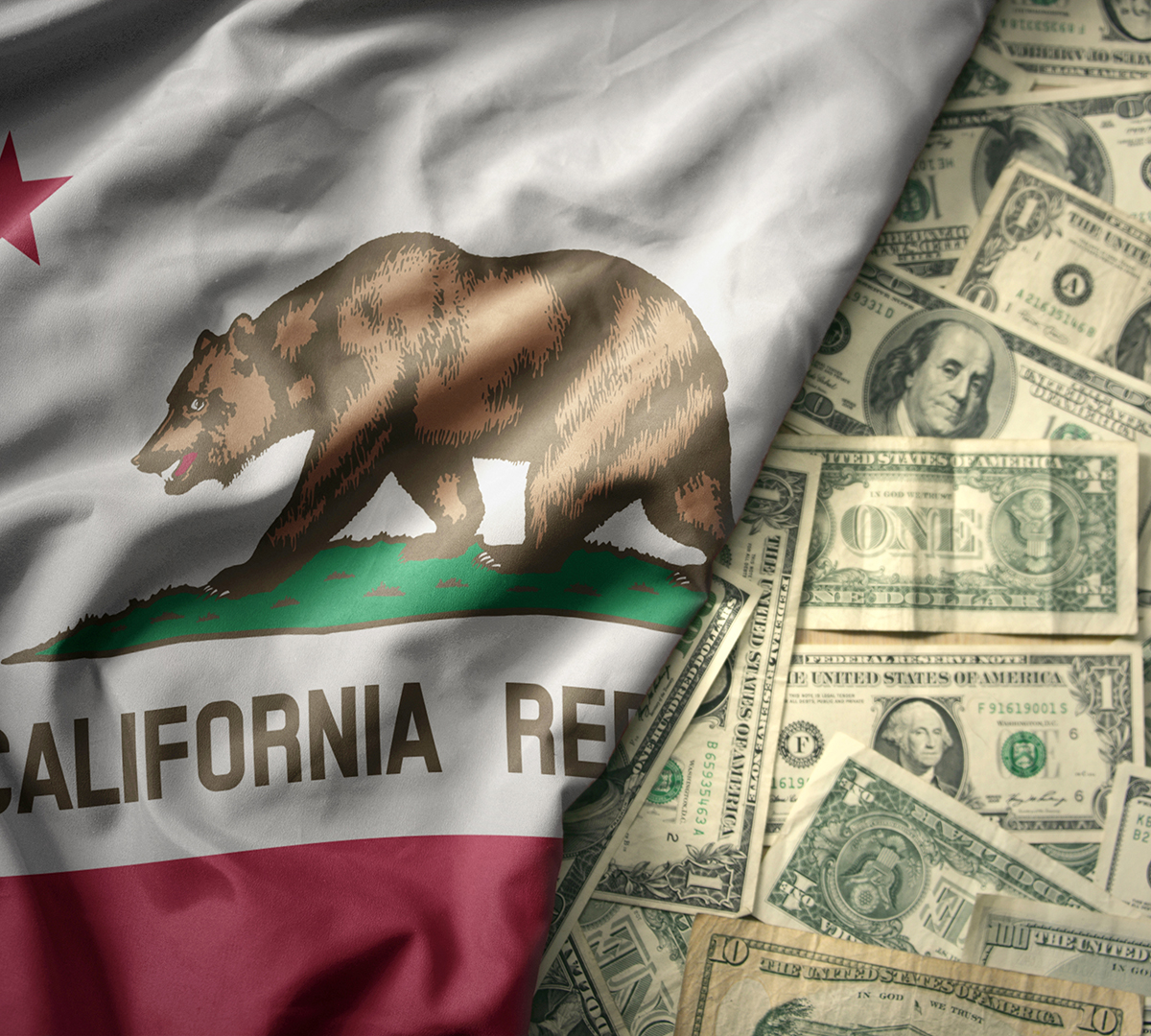As if it didn’t kill enough jobs, 39 cities have imposed their own, even higher minimums. A dozen of the cities did so on July 1. The highest general minimum is Emeryville’s, at $19.90. Some cities also mandate higher minimums for certain jobs. For the city of Los Angeles, the regular minimum of $17.82 is boosted to $21.01 for hotels with 60 or more workers. In addition, two counties enforce a minimum wage in unincorporated areas, $17.81 in Los Angeles County and $17.46 in San Mateo County.
The federal minimum wage currently is $7.25, the rate in 20 states, generally those leaning Republican. For the rest, the wage is higher. The highest is $16.50 for Washington, D.C., followed by Washington state’s $16.66.
A higher minimum wage has a loose statistical correlation to unemployment rates. The national rate in July was 4.2%. Washington, D.C. suffered 5.9%, the highest in the country, followed by California and Nevada, tied at 5.4%. Washington state was better, ranked 13th, but its 4.5% unemployment rate was above the national average. That’s also odd as the Evergreen State enjoys no jobs-killing state income tax, in contrast to California’s top marginal rate of 14.4% and D.C.’s 10.75%.
California also has a $20 minimum wage for fast-food workers and $23 for health-care workers, the latter phased to $25 next year. The fast-food minimum wage went into effect on April 1, 2024. Since then, according to a study by the National Bureau of Economic Research, it has killed 18,000 jobs. That shows the effect of such economic folly.
“The increase in the state minimum wage does decrease employment and the higher wage in some cities decreases employment even further,” Raymond Sfeir told me; he’s the director of the A. Gary Anderson Center for Economic Research at Chapman University. “Theoretically, more workers would like to work in a city where the minimum wage is higher, if they can find a job, and the unemployment rate would be higher in those cities. Businesses would charge higher prices in order to recoup some of the higher cost of labor in those cities. Profits margins would be lower in the short run compared to other cities.”
It’s difficult to tease out trends because California is such a large state and its regions and their industries vary so widely. Following a period of companies leaving, high-cost San Francisco currently is enjoying a boom because it has become the center of such rocketing artificial intelligence companies as OpenAI, Scale AI, Anthropic, Perplexity and Databricks.
“For years, Silicon Valley has been at the center of innovation with some of the world’s valuable tech companies such as Meta, Google, Apple and Nvidia locating their massive headquarters south of San Francisco. AI’s rise, though, has shone a bright spotlight on San Francisco,” The Los Angeles Times reported August 10.
The California Economic Development Department tallies unemployment by county. For June it clocked 4.5% for Orange County, whose cities have no higher minimum wage, but 5.9% for Los Angeles County, whose wage situation is described above. AI-turbocharged San Francisco is at 4.2% and Santa Clara County, Silicon Valley’s core, is 4.6%. It’s hard to see a pattern there for the minimum wage.
Yet the effect of a higher minimum in cities and counties affects the state’s overall situation. For the fast-food minimum wage, for example, Sfeir said it’s encouraging automation at restaurants. “The next step will be robots serving tables and working in the kitchen,” he said. How oddly appropriate for the state that’s creating our AI future to be the first to kill off such low-level, but high-expense, jobs for humans.
Miso Robotics this year updated its Flippy automated fry cook for burgers, fries and onion rings, first introduced in 2017. Reported Restaurant Business, “The new version is half the size of the previous Flippy, works twice as fast and takes 75% less time to install.” Uptime is 99%. No minimum wage or workers comp payments, except to the mechanics setting it up—until they’re automated.
“Nearly two-thirds of CFOs say their companies have a strategic priority to automate tasks typically performed by employees,” found a June 2024 survey of chief financial officers by Duke University for the Federal Reserve Banks of Richmond and Atlanta. Explained Duke finance Professor John Graham, academic director of the survey, “CFOs say their firms are tapping AI to automate a host of tasks, from paying suppliers, invoicing, procurement, financial reporting and optimizing facilities utilization. This is on top of companies using ChatGPT to generate creative ideas and to draft job descriptions, contracts, marketing plans and press releases.”
In the 2018 reboot of the “X-Files” TV show, in the episode “Rm9sbG93ZXJz,” FBI agents Mulder and Scully eat at a totally automated sushi restaurant. When the service is bad, Mulder pays without a tip. The pair then are plagued by berserk self-driving cars, drones and home appliances—until Mulder pays a 10% tip and the machines retreat. Which must have belonged to the SEIU.
John Seiler is on the Editorial Board of the Southern California News Group.

